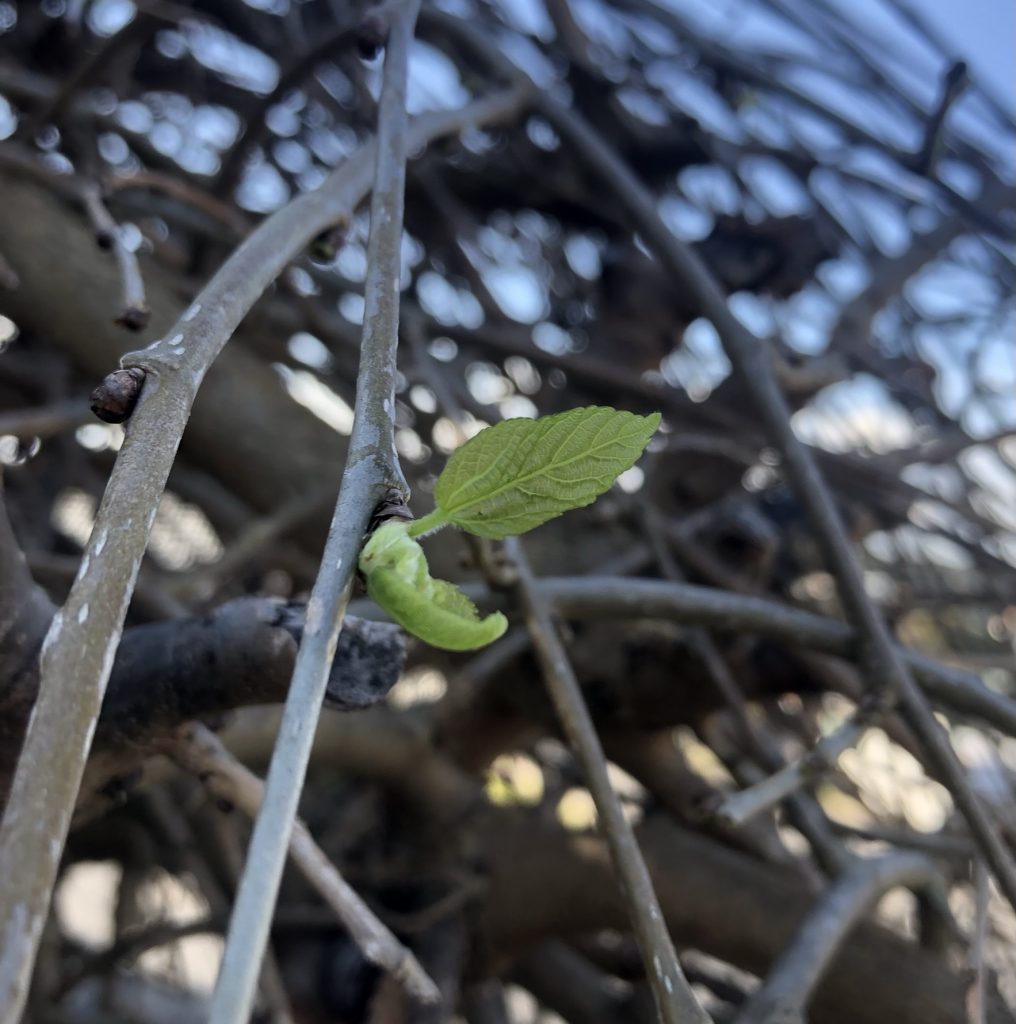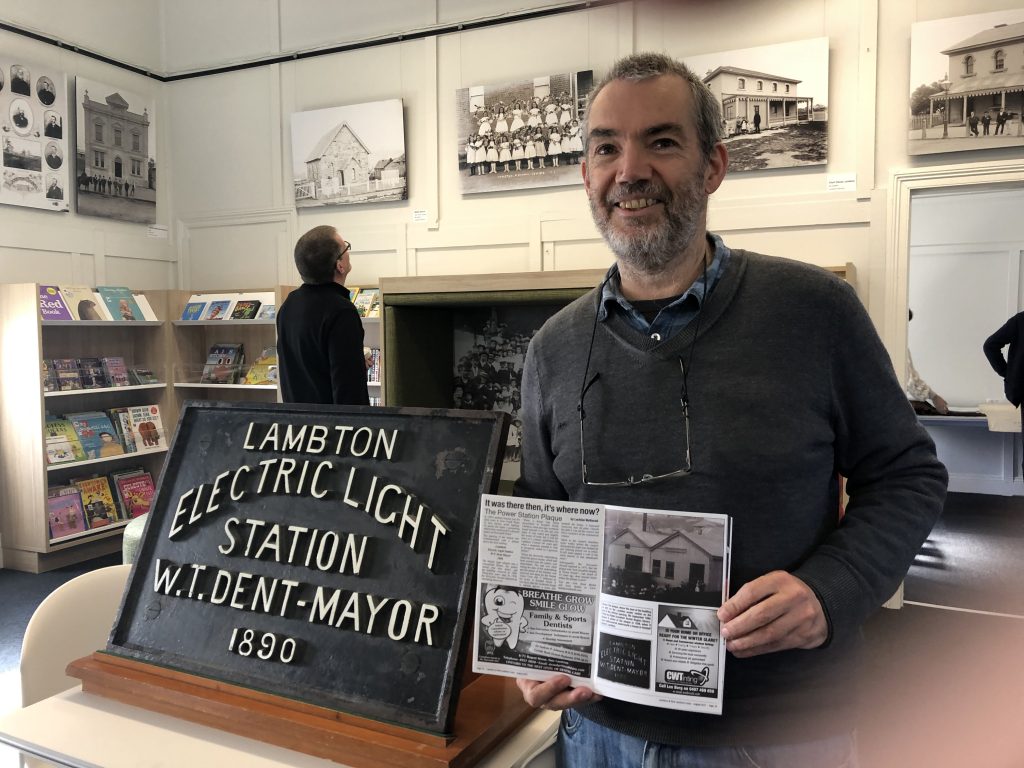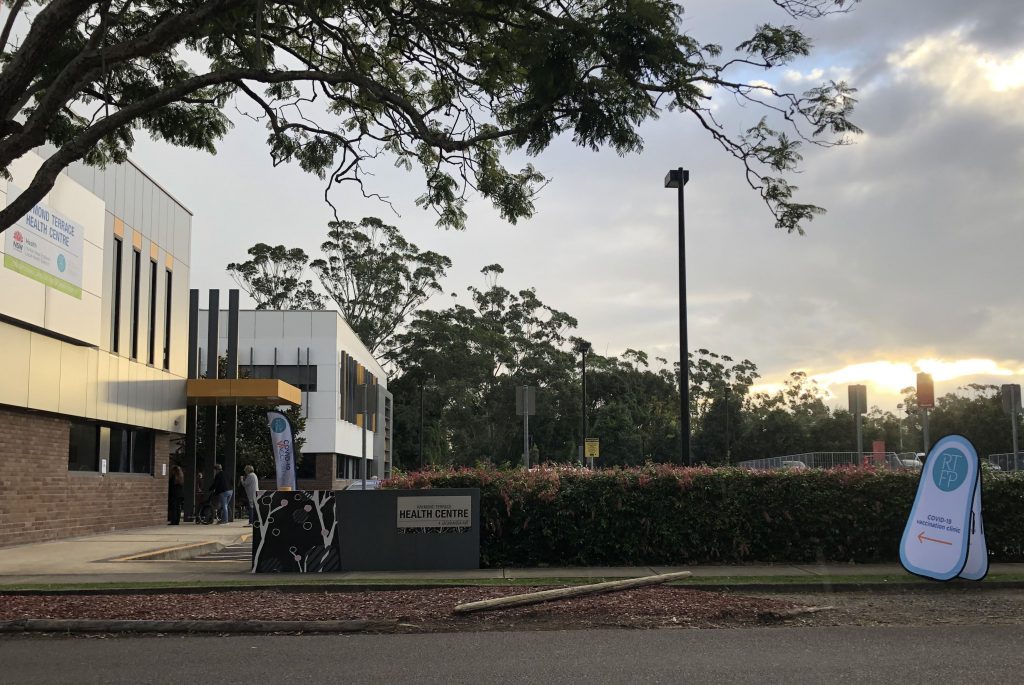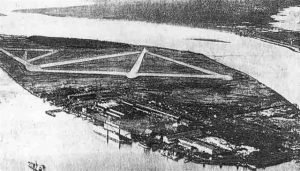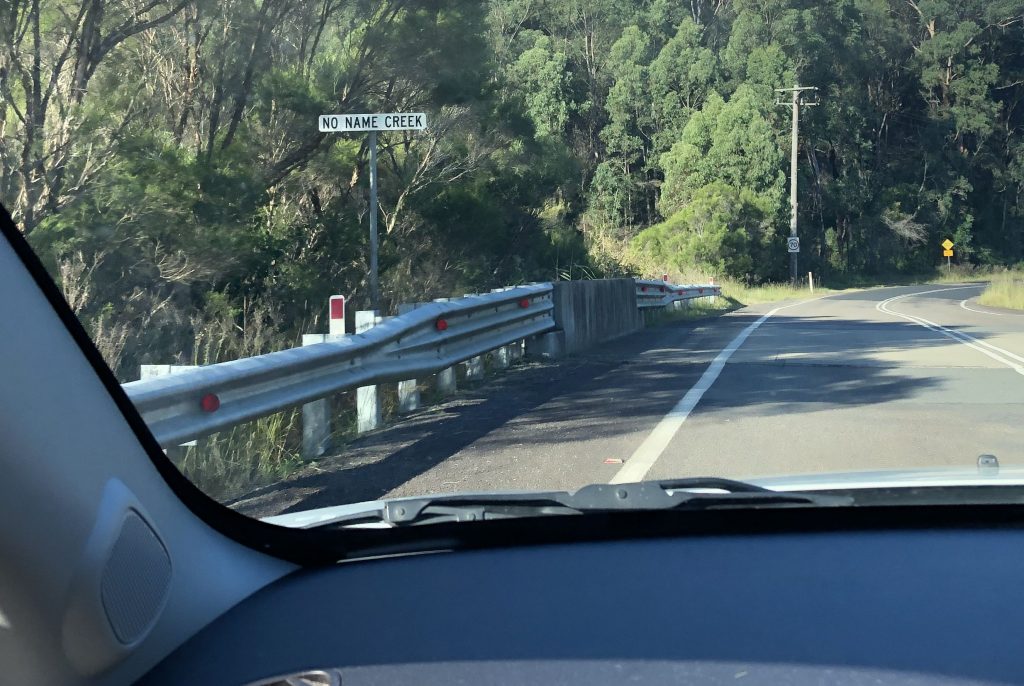The naming of coal mines is often ambiguous and confusing, especially when a locality name is used for a mine in a completely different region. Such is the case with the short lived Hartley Vale Colliery in Newcastle in the 19th century.
Today when we hear “Hartley Vale” we think of the Hartley Vale on the western side of the Blue Mountains, near Lithgow. A form of coal called kerosene shale was found in this location in 1865, and by 1874 the NSW Kerosene Shale and Oil Company had a substantial mining operation there. But 150km away in Newcastle there was another “Hartley Vale” colliery, with no connection to the Blue Mountains.
In 1862 the brothers James and Alexander Brown were operating a colliery at Minmi, west of Newcastle. In late 1862 they issued a prospectus for a new company, called the Melbourne and Newcastle Minmi Colliery Company, and by February 1863 had sold their mine to the newly floated company. Around the time they were divesting themselves of the Minmi colliery, the Browns acquired the coal lease on a 310 acre block of land in the Broadmeadow area adjacent to Hamilton. This new venture they named “The Hartley Vale Colliery” (sometimes spelled “Hartly Vale”) and commenced to develop it, including plans to build a rail line from the pit to the Great Northern Railway
THE HARTLY VALE COLLIERY. This new colliery which has been in the course of development for several months, having bared a good seam of coal and began to open it out, is now also about beginning the formation of a railway to connect the works with the Great Northern Line, to come in somewhere about the spot where the Waratah and Lambton junction is formed. This line has been surveyed and cleared, and in the course of a few days it is anticipated that the formation will be commenced.”
The Maitland Mercury and Hunter River General Advertiser, 13 August 1863.
By June 1864 the Browns had reportedly spent £12,000 developing the mine which was nearing completion.
The works at the Hartley Vale Colliery have proceeded so far as to be ready for coming into market, with the exception of the completion of a small portion of the branch line intended to form a junction with the Lambton. In consequence of a dispute between the two companies, the progress of this line has been retarded.
The Maitland Mercury and Hunter River General Advertiser, 25 October 1864.
The completion of the rail line from the Hartley Vale mine was prevented because of a dispute with a competitor, the Lambton colliery. To remedy this impasse the Browns petitioned the government to to pass an Act of Parliament to give them the right to construct their railway. The Bill was brought before the Parliament in October 1866, but ongoing disputes and opposition from competing interests meant that the bill was not passed until December 1867.
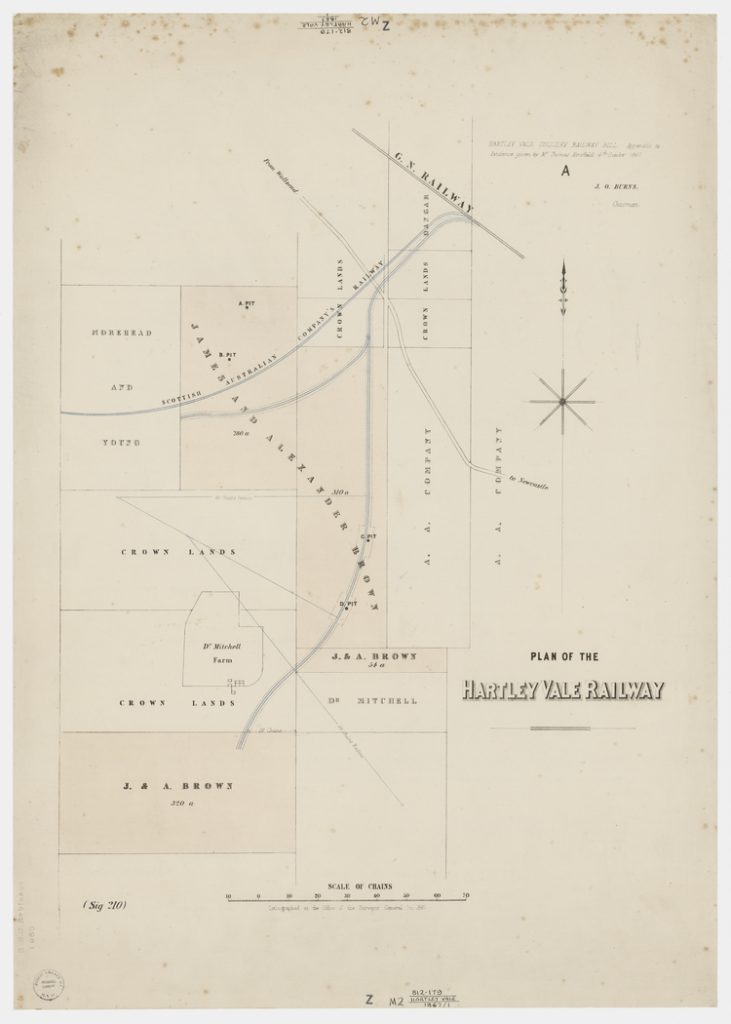
Having finally obtained the legal right to build their railway, it was of no consequence, for by this stage, after spending £18,000 the mine had already proved to be unprofitable.
No sooner was the Minmi Company floated (1863) than the Browns took up land at Hartley Vale, sunk their shaft, erected their winding gear, and other appliances ; but found the seam run out so shallow as to be unprofitable to work, so that was dismantled and abandoned, with a loss of £18,000.
Report on the death of Alexander Brown, Australian Town and Country Journal, 7 July 1877.
About the same time that the Hartley Vale Colliery railway Bill was passed in December 1867, the Browns acquired a new coal mining lease in the adjacent area of New Lambton, and within a few months were pushing ahead with the development of the New Lambton Colliery, including a branch rail line that was to use materials from the failed Hartley Vale venture.
The greater portion of the [New Lambton] line will be constructed with the material used in the formation of the old line to the Hartley Vale colliery, which turned out such a lamentable failure, and through which the Messrs. Brown lost such an enormous sum of money.
The Newcastle Chronicle, 27 June 1868.
The location of the failed Hartley Vale colliery can be identified by the Hartley Vale Colliery Railway Bill and accompanying map. The Bill describes the railway as passing through …
“… fifty-four and three hundred and ten acres leased to the said James Brown and Alexander Brown and known as the Hartley Vale Colliery.”
NSW Government Gazette, 27 December 1867.
The 54 acre block was the area eventually sold to Thomas Adam in 1869 to form Adamstown. The 310 acre block stretches from Adamstown to Broadmeadow, with the approximate location of C and D pits as shown in the Google Earth overlay below.
Newspaper articles
| Article Date Event Date | Notes |
|---|---|
| 4 Jul 1863 | A passing remark in a parliamentary discussion about Reserves, indicates that the the Browns had acquired a mining leases in Newcastle by July 1863. "The Government, however, had leased portions of it [Newcastle Pasturage Reserve] to the Australian Agricultural Company, James & Alexander Brown, and the Waratah Coal Company." |
| 13 Aug 1863 | "The Hartly Vale Colliery.-This new colliery which has been in the course of development for several months, having bared a good seam of coal and began to open it out, is now also about beginning the formation of a railway to connect the works with the Great Northern Line, to come in somewhere about the spot where the Waratah and Lambton junction is formed." |
| 25 Aug 1863 | "The Co-operative, Wallsend, the Hartley Vale, and the Australian Agricultural and Coal Company, are contemplating running onto" the Great Northern Line. |
| 8 Jun 1864 | "I may mention that a rumour gains ground here that some desire is evinced by the Messrs. Brown to connect the projects of the Co-operative Company and the Hartley Vale Colliery. On the Company's property it is said that £10 000 have been expended, and £12,000 on the Vale." [There is no evidence that this rumoured joint venture proceeded.] |
| 18 Jun 1864 | "A report was in circulation a short time ago, that Messrs. J. A. Brown had some intention of working the seam of coal which exists on a property of theirs, called Hartley Vale, adjoining the Co-operative Company's pits." |
| 25 Oct 1864 | "The works at the Hartley Vale Colliery have proceeded so far as to be ready far coming into market, with the exception of the completion of a small portion of the branch line intended to form a junction with the Lambton. In consequence of a dispute between the two companies, the progress of this line has been retarded, which, however, is now in a fair way of being completed in a few weeks." |
| 22 Apr 1865 | "Towns have sprung up and forests have been cleared with surprising rapidity. A dozen years ago no one know of the Glebe, of Wallsend, Minmi, Lambton, or Hartley Vale … But notwithstanding all the improvements in the town, and all the facilities for trade, one cannot help feeling that there is a sort of lassitude about the movements of people-a sort of 'hanging on' appearance … Lambton and Waratah doing only about quarter-time, and Wallsend, which is, perhaps, best off, not doing more than half its capabilities. Minmi, Tomago, Hartley Vale, and the Lake Macquarie pits doing nothing." |
| 20 Aug 1867 | "Mr COWPER presented a petition from certain persons of Waratah against the passing of the Hartley Vale Colliery Bill." |
| 20 Aug 1867 | Notice by James and Alexander Brown and Stephen Foyle to petition parliament to enable then to construct the Hartley Vale railway. |
| 3 Dec 1867 28 Nov 1867 | Partial opening of the Hartley Vale Railway. The descripton of the piece of line just opened suggests that it was the branch line from the Hartley Vale line that went eastwards to the Dog and Rat pit, and in 1868 to the New Lambton colliery. |
| 27 Dec 1867 23 Dec 1867 | Passing of the Hartley Vale Colliery Railway Bill in NSW parliament. |
| 27 Jun 1868 | "The greater portion of the [New Lambton Colliery] line will be constructed with the material used in the formation of the old line to the Hartly Vale colliery, which turned out such a lamentable failure, and through which the Messrs. Brown lost such an enormous sum of money." |
| 17 Nov 1875 | "NEW LAMBTON. The old Hartley Vale pit, which has been standing open for several years without any protection, is now being covered over by the employees of the Messrs. Brown." |
| 7 Jul 1877 | In a report on Alexander Brown's death … "No sooner was the Minmi Company floated than the Browns took up land at Hartley Vale, sunk their shaft, erected their winding gear, and other appliances ; but found the seam run out so shallow as to be unprofitable to work, so that was dismantled and abandoned, with a loss of £18,000." |



